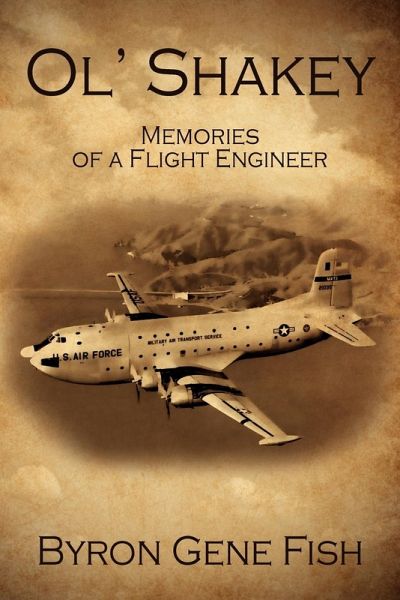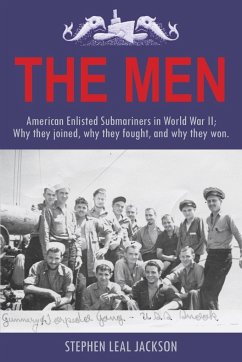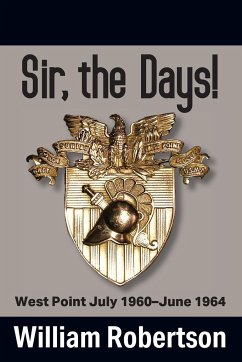
Ol' Shakey
Memories of a Flight Engineer
Versandkostenfrei!
Versandfertig in 1-2 Wochen
17,99 €
inkl. MwSt.

PAYBACK Punkte
9 °P sammeln!
Master Sergeant Dick Lunders slouched behind the flight engineer's panel, monitoring the airplane's condition, occasionally writing down one of the systems' readings on his flight log. It looked like minimum crew rest at Mactan, then to Bangkok -- by way of Saigon and the combat zone. Suddenly without warning the number two propeller RPM surged, then settled back to a steady drone. "Aw, come on," Sergeant Lunders growled at the offending propeller. "You a'tryin' to make me work?" The Aircraft Commander, Major James Brown, sat up straight in his seat and looked back at his flight engineer. "Pro...
Master Sergeant Dick Lunders slouched behind the flight engineer's panel, monitoring the airplane's condition, occasionally writing down one of the systems' readings on his flight log. It looked like minimum crew rest at Mactan, then to Bangkok -- by way of Saigon and the combat zone. Suddenly without warning the number two propeller RPM surged, then settled back to a steady drone. "Aw, come on," Sergeant Lunders growled at the offending propeller. "You a'tryin' to make me work?" The Aircraft Commander, Major James Brown, sat up straight in his seat and looked back at his flight engineer. "Problems?" he asked "Not sure, yet. Number two surged a little's all," Sergeant Lunders replied as he, too, came to full alert, carefully staring at each of the 67 instruments on the massive flight engineer's panel. He paid special attention to the 13 indicators telling of the health of number two engine. To assure himself that everything was as it should be, the gray-haired sergeant moved the propeller levers into manual control. Everything was holding normally, and he had full control, so he once again selected the automatic RPM control feature. Everything was right with the world - just as the Douglas Company had intended when they built this C-124 Globemaster II back in 1952. But sometimes there did occur abnormalities that were of a more serious nature than a 'little surge'. Sometimes a flight that had begun normally turned into what flight crews referred to as a "simulator session"! It was during these events that the adrenaline began to flow and everyone came into a state of total attention to what was happening at the flight engineer's station. Would he e able to take care of the problem, or would there be another statistic to add to the marker designating a lost airplane -- and more importantly -- a lost crew?














